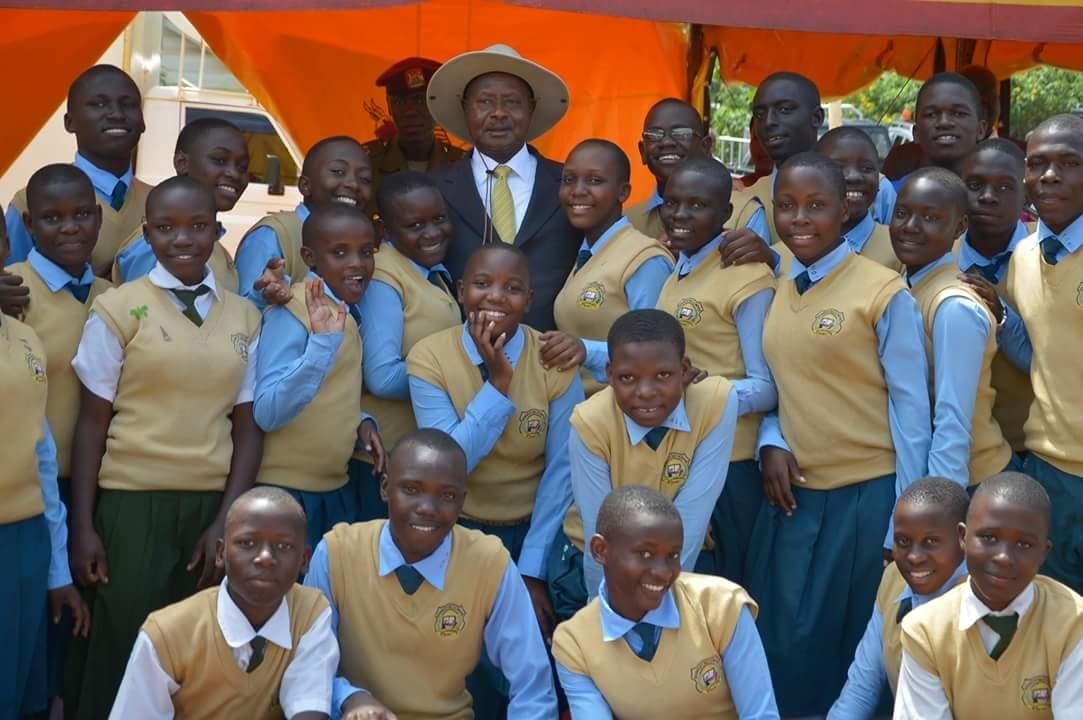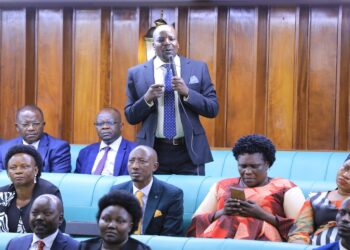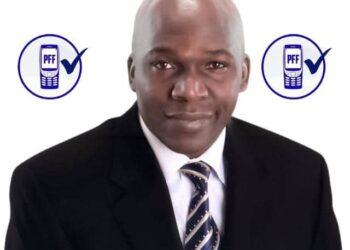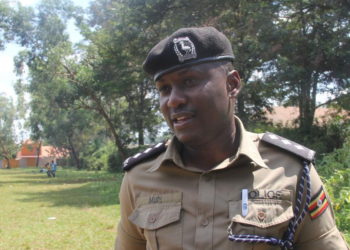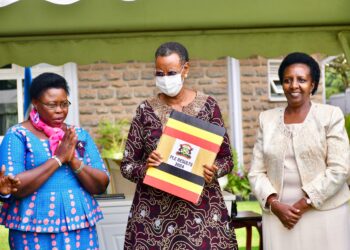Over the last 34 years the NRM government under the leadership of President Yoweri Museveni have registered pronounced successes in various sectors such as defense and security, economy, infrastructure, to mention but a few. The Education sector in Uganda has not been left behind, registering huge reforms that have benefitted ordinary Ugandans that were otherwise economically disadvantaged.
The NRM inherited a collapsed economy in 1986 following years of insurgence. The total revenue collections were a paltry Shs5bn. This, however has undergone a total revolution, with the current revenue collections recording well above Shs19 trillion. With these revenue collections, the government of President museveni has been able to implement critical and desirable education programmes.
In 1997, having realized that the country was recording a very low school enrollment, the government introduced the pioneer free education for all programme, Universal Primary Education. The policy was to have as many Ugandan children to register enroll in schools and at least have access to basic education. Later government introduced Universal Secondary Education (USE) and to further encourage students to progress, government introduced various Student Loan schemes at Universities and other tertiary institutions.
Statistics indicate that primary school enrollment from independence to 1986 when President Museveni took power increased by only 1.69 million children from half a million children in 1963 to 2.2 million children in 1986.
Upon the introduction of the UPE program, enrolment increased by 77%, from 2.2million in 1986 to 5.3million in 1997.since the inception of UPE, enrolment has continued, over 8 million children are enrolled in school.
Beside increased enrolment, UPE has tremendously bridged the gender parity. Previously due to poverty, parents prioritized educating the male children at the expense of a girl-child. The gender gap of 70 to 30% between 1963-1986 has since improved to 55 boys and 45% girls.
Upon the introduction of UPE in 1997, the Ministry of Education has registered a decline in the gender disparity for all the subsequent years. The last two annual schools’ census conducted have revealed more girls enrolled in primary school than their counterpart hence achieving the parity dream.
Immediately after the introduction of UPE, there was a spontaneous increase in the enrollment of primary leaving students by early 2000s who could not be absorbed by the existing secondary school structures.
In order to harmonise the increasing demand for the secondary schools and institutions within the limited resource envelope, President Museveni started up Skilling the girl child program under Statehouse. From this programme, 12,651 girls have benefited between 2017 to 2019 and Shs1981,500,000 worth of equipment has been given out as startup capital.
NRM’s policy on education is to have one primary school per parish, a secondary school per sub-county and a technical school per district. The Government has continued to invest heavily in the education sector since the late 1990s when UPE was launched.
Currently, 90% of all parishes have a primary school, 80% of which are Government-aided.
About 90% of all sub-counties have a secondary school, 67% of which are Government-aided. All the major regions of the country have a public university.
More classrooms, schools and universities have been built, and many old schools and university infrastructure has been refurbished. During the past five years, NRM government has expanded classroom infrastructure in 138 primary schools and grants channelled to 23 primary schools in parishes that did not have a primary school. In addition, 21 boarding primary schools have been constructed in Karamoja.
In the same period, the NRM government have completed 12 secondary schools whose construction was in progress by 2016 and built 117 seed secondary schools.
Furthermore, the government took over 182 community secondary schools in sub-counties without Government secondary schools. In total, 299 sub-counties that did not have secondary schools now have. As such, more Ugandans are being educated at all levels than ever before in the country’s history.
Although there has been tremendous achievements in the education sector, there are still underlying challenges which president Museven aims at tackling in his recently launched manifesto of 2021-2026.
Do you have a story in your community or an opinion to share with us: Email us at editorial@watchdoguganda.com


